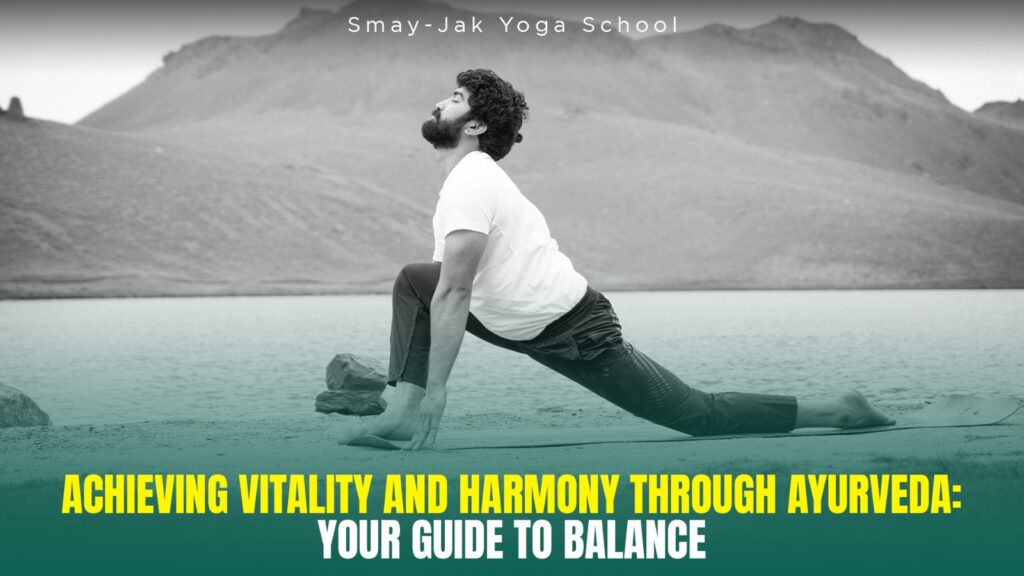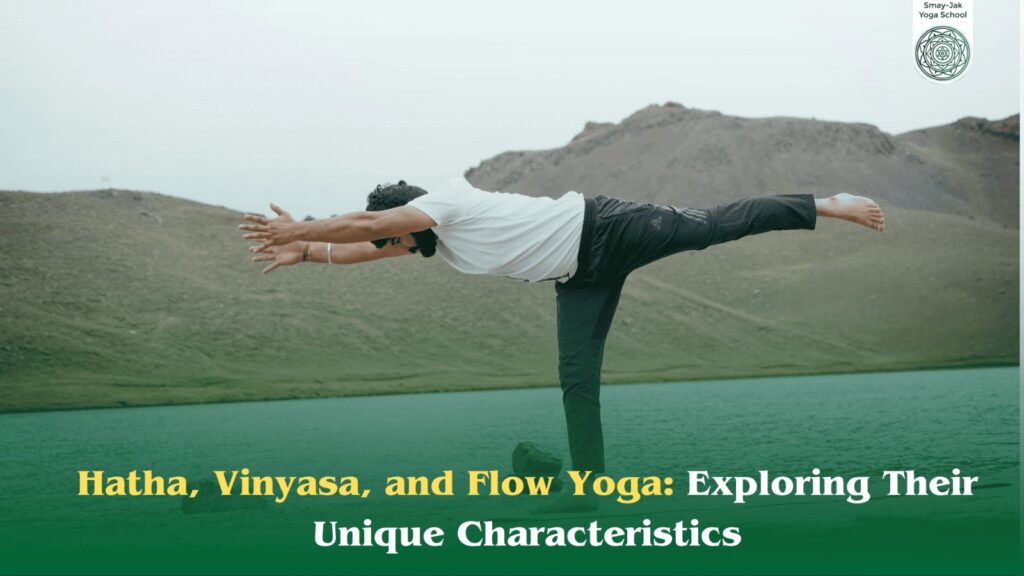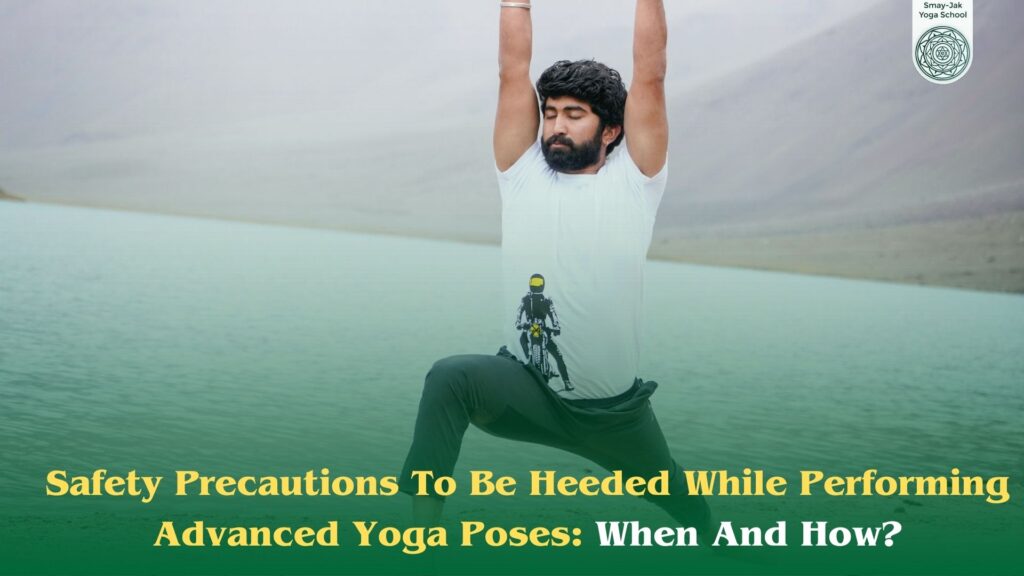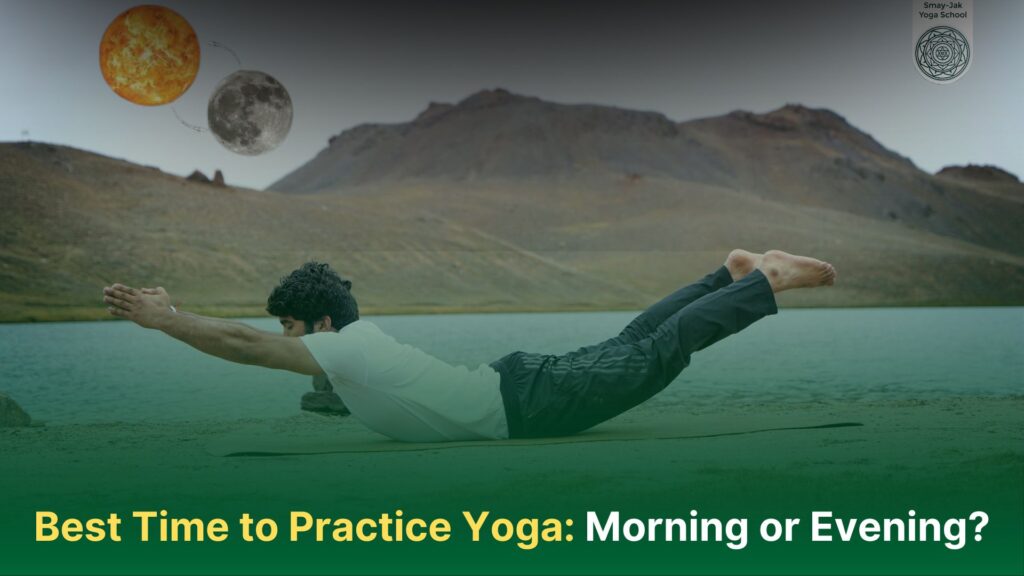Achieving Vitality and Harmony Through Ayurveda: Your Guide to Balance
It becomes very difficult to energize oneself after holidays at the beginning of a new year. Incorporating the principles of Ayurveda and Yoga into daily life can bring the balance between body and mind, and of course happiness. In truth, Ayurveda is holistic health-the body, mind, and spirit are really connected. Thus, one could also add yoga, in some modifications in healthy lifestyles, and diet as per the principles of Ayurveda-the benefits to be gained in conjunction with boosting energy levels-general enhanced and balanced well-being. Understanding the Ayurvedic Doshas Three doshas, Vata, Pitta, and Kapha-the fundamental principles of Ayurveda. The five natural elements earth, water, fire, air, and ether are none other than special combinations of these doshas. Thus, doshas touch in making up personality and physically as well as mentally. It is best and most effective to know the dominant dosha to personalize your journey toward wellness. Vata: The cold and mentally scattered nature that is generally present in the person with Vata qualities is associated with air and ether. It can include warm and grounding foods like soups, stews, and root vegetables. Pitta: Fire and water-dominating types recover well with sufficient cooling foods such as cucumbers, leafy greens, and sweet fruits in order to cool down their fiery nature. Kapha: For earth and water, heaviness and stagnancy are inborn qualities in most Kapha types. In such cases, light, warm, and spicy foods would favor balancing their energy. Mindful Eating: A Universal Principle Ayurveda for all persons, irrespective of a dosha, recommends mindfulness consultation in eating practices. Calm, distraction-free environment creating, letting each bite savor, and chewing slowly while eating improves digestion and energy extraction from food. Changes according to the seasons are also very vital; food is best taken according to local, in-season produce as this will make your digestion apparent with the rhythms of nature. For example, much like a 200-hour yoga teacher training course in Bali, one Year-round access is given to fresh, tropical produce, thus making your diet coalesce with the vibrancy of the island’s climate. Yoga Practices Aligned With Doshas Your yoga is going to help a lot with improving health if you tailor it according to your dosha. For instance: – Vata: this agitated vata energy can be calmed and consorted with; balasana can be supported through such base-underlying postures and practices of yin yoga. Pitta: Restore the Apana Vayu, to bring some balance into the highly stimulating practice, using such head-to-knees-forward bends in sequence that drop your whole back down toward the floor. Kapha: Pranayama and energizing and dynamic yoga types can provide the power the body needs to counter the natural heaviness of the kapha. The philosophy behind Inner Yoga Training, is that it helps students cumulate balance in their lives. The 200-hour teacher helps explaining the various ways through which practice can support you at different times. Ayurveda thus helps understand your special dosha and learn remedies for crossing the balance lifestyle. Cultivating Energy and Vitality Ayurveda can help maintain vitality during chaotic life moments whether it be by diet, lifestyle, or yoga. Here are the things you can obtain simply by following daily Ayurvedic practices: Take your diet according to your dosha and according to the seasons. Eat mindfully with maximum energy-maximum digestion. Add yoga poses based on your own current constitution. So much energy can be released from an understanding of one s dosha and some changes made to lifestyle. With both Ayurveda and yoga, balance and harmony reach the body and mind, making one capable of flying through the year with resilience and vitality.
Achieving Vitality and Harmony Through Ayurveda: Your Guide to Balance Read More »









